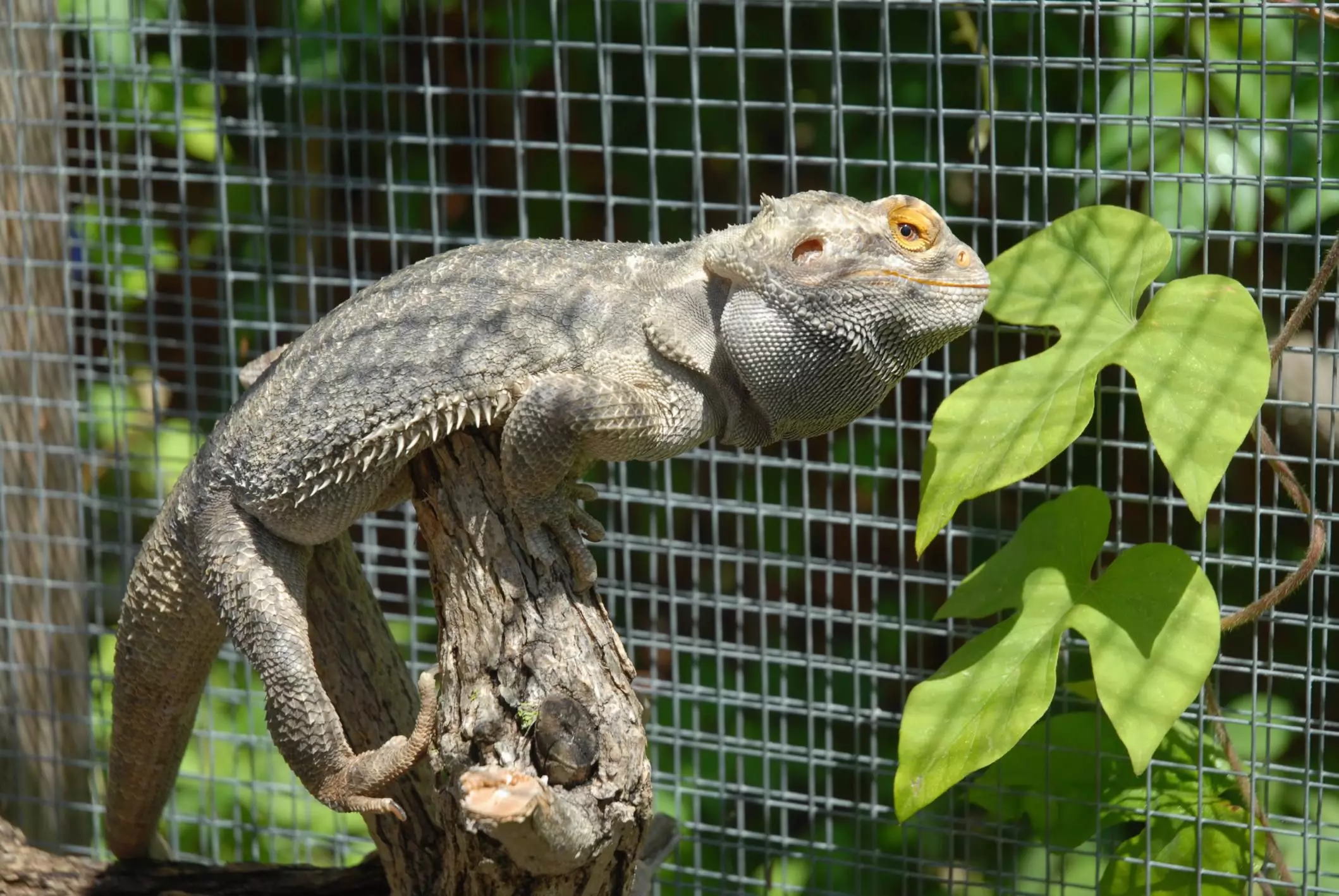Brumation is often likened to hibernation, which is a well-known term among mammal enthusiasts. However, understanding the nuances of brumation is crucial for reptile owners and those interested in caring for these unique creatures. Unlike mammals, which enter a deep sleep state during hibernation, reptiles experience a period of dormancy known as brumation, where their bodily functions slow down significantly. This process allows reptiles to conserve energy during times of environmental stress, particularly when temperatures drop or food becomes scarce.
During brumation, reptiles may exhibit a marked decrease in appetite and activity. They may remain in this state for several weeks, sometimes retreating to secluded spots such as the darkest corners of their enclosures or even burrowing under substrate. This behavior is instinctual and serves a biological purpose; reptiles must adapt to their surroundings to survive any hardships posed by climate conditions.
The behavior of brumation can manifest differently depending on the reptile species, age, and sex. For example, male reptiles often emerge from this dormant state sooner than females, which may prolong their brumation. Pet reptiles, unlike their wild counterparts, can enter brumation at various points in the year instead of a strictly seasonal behavior. For instance, a bearded dragon may suddenly slow down in a well-maintained environment, even when the temperatures remain stable.
In natural habitats, many reptiles brumate as a survival mechanism in response to cold conditions and limited food supplies. Captive reptiles, although provided with optimal care and nutrient supply, may still enter brumation due to their innate biological rhythms overriding the artificial environments of their enclosures.
Understanding the biological mechanism behind brumation sheds light on why this process is essential for reptile health. Unlike mammals that rely on fat reserves during hibernation, reptiles depend on glycogen stored in their muscles, elevating blood sugar levels to sustain energy. This difference is crucial; hence, while mammals do not require sustenance during hibernation, brumating reptiles must still hydrate and may occasionally wake to drink water.
Notably, the unpredictability of brumation – especially in species like bearded dragons – can be perplexing for owners. These reptiles might engage in brumation in some years while remaining active in others. Factors that trigger brumation in bearded dragons include temperature drops and diminishing daylight hours, though the specifics can vary widely from one individual to another.
Preparing for brumation is essential for any responsible reptile owner. Health checks before this period can ensure that your pet is free from ailments that could complicate its care during dormancy. Regular veterinary consultations are crucial, especially if your reptile is susceptible to health concerns. Conditions such as parasites can alter a reptile’s ability to brumate healthily.
As brumation approaches, reptiles may exhibit increased eating behaviors. Ensuring a nutritious diet leading up to this time allows for optimal energy storage and prepares them for the months of dormancy. It’s also important to maintain proper humidity and temperature levels within their enclosures, as these factors greatly affect their overall well-being.
If you find your reptile entering brumation unexpectedly, there are ways to mitigate this. Consistent environmental conditions—particularly regarding temperature and lighting—can help prevent them from slipping into a dormant state. Handling your reptile more frequently and ensuring it has access to fresh water can stimulate the need to remain active.
Despite being a natural process, brumation does entail certain risks. If your pet reptile enters brumation and shows signs of dehydration, providing water is essential. However, extensive handling during this period is generally discouraged, as they require minimal disturbance. If you observe concerning changes, such as prolonged inactivity or signs of illness, promptly consult a veterinarian.
Brumation is an intricate process that plays an important role in the life of reptiles. Understanding the nuances of this dormant period not only enhances the quality of care you provide but also helps foster a deeper connection with your pet. Careful attention to their health and environmental conditions ensures that your reptiles can thrive, even through their natural cycles of dormancy.

